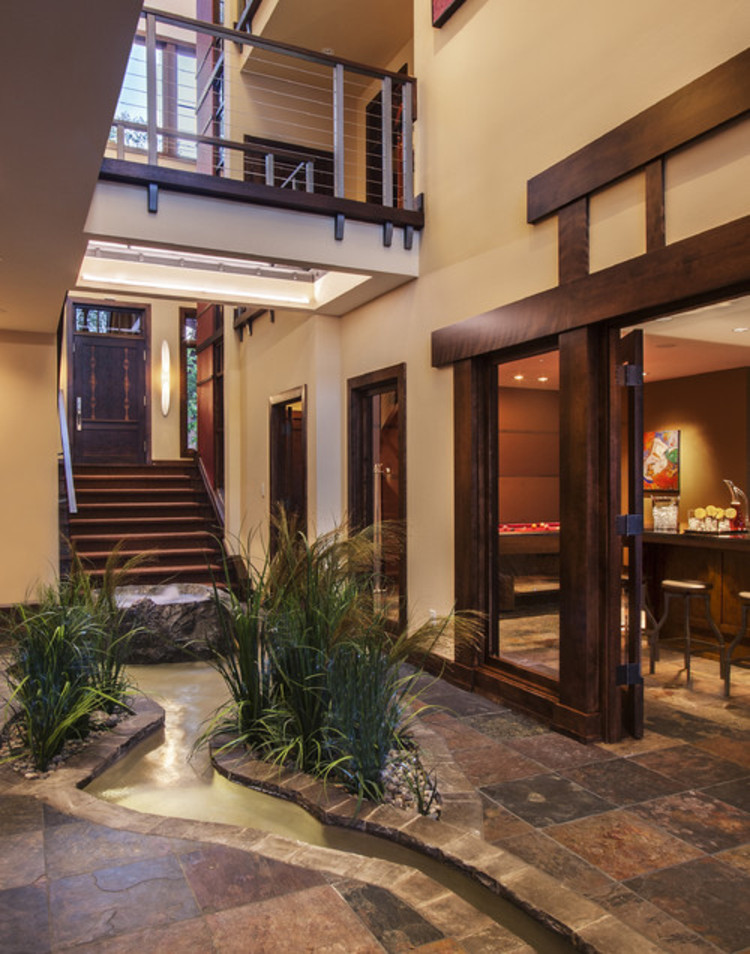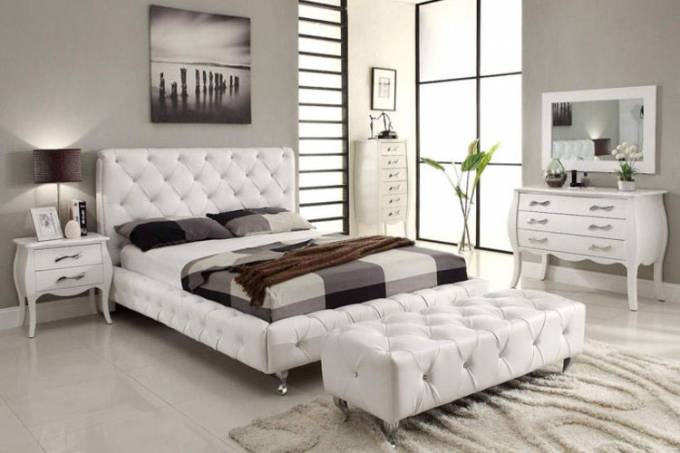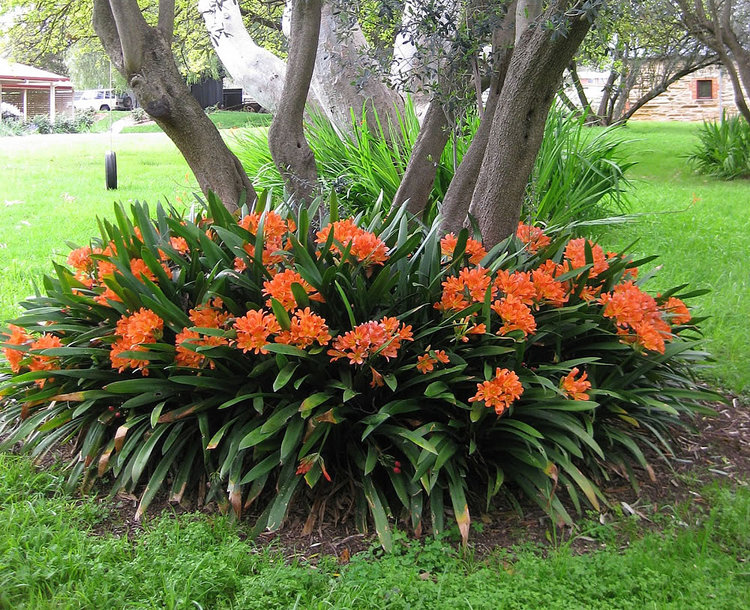
The Sunday Mail

MYTHS and legends have long been told about the mysterious and restorative qualities of water – today water bodies are synonymous with recreation and relaxation. As a child, I learned that the sound of the ocean or a river would ease me into a deep and restful sleep. Perhaps it is because our bodies are made up mostly of water. Explanation or not, water has more influence on us than we often realise.
While working on this column, I was staying at a wonderful Victorian Bed and Breakfast in Ottawa. The décor was sumptuous, the ambience animated by a fountain set amid a jungle of tropical plants.
It exuded a quality that was both energising and calming. Visiting the National Gallery of Canada, not far away, an attendant gave my son a penny to throw into a large indoor pond for good luck.
I noticed that the bottom of the pond was glass, and formed the ceiling of the floor below. Not only was this interior landscape a soothing contrast from the galleries that surrounded it, looking up through the underside of the pond from the lower floor was a unique and wonderful experience.
The Chinese have been influential in integrating water into design. The art and science of Feng Shui, literally meaning “water and wind” is about balancing the forces of nature and ourselves. Water is one of the key elements that shape our lives.
Feng Shui suggests its placement can have very tangible effects on our well-being. It is said that the presence of water in our homes offers good fortune, including money. Moving water is even better.
In general, water should always be to the front of our house. Hospitals and other healing environments are more frequently introducing water into their exterior and interior entrances.
We can introduce water into our design in two general ways. The first is by using water primarily to support or define the environment, the look and feel of a space. This can include stationary ponds, fountains and waterfalls.
The second is by using water primarily to serve recreational needs, for example, swimming pools and spas. While both types produce some of the same restorative benefits, in design they are handled quite differently.
Ponds, fountains and waterfalls
Ponds, fountains and waterfalls add beauty and dramatic impact to your home. They also calm intense energies. You can buy a small portable waterfall fountain today for a reasonable price. Building custom ponds and waterfalls can be quite expensive.
Take utmost care to design and build them correctly. Start by asking what the fountain or waterfall is for.
Is it primarily for reflection and meditation or does it have an important architectural role? How much sound do you want the fountain or waterfall to make? Normally, the more water going over the spillway, the more sound. They generally work best in an entry area such as a large foyer or entrance hall.
While they can be made from concrete or vinyl liners; prefabricated units, even if custom-designed and built, offer more flexibility. There are several different types of fountains. The simplest is a low water fountain, a free-standing unit with a small pump.
Ornamental garden pools
Ornamental garden pools use aquatic plant life and fish to bring beauty and life into an environment. You can also incorporate fountains and waterfalls into them. Photosynthesis requires a minimum of six hours of sunlight but too much direct sun can stress fish.
If the pools have abundant plant life and enough fish, filtration should not be required. Attention must be paid to obtain the optimal balance. You must ensure adequate oxygen and avoid a build-up of nitrogenous wastes.
Spas
I have a personal love of spas. Although most spas are made of fiberglass, they can also be found with a fiber-cement surface, so that tiles and stone can be adhered.
Unlike pools, spas do not usually require an elaborate ventilation system to remove humidity. A simple exhaust fan will usually suffice.
However, it is important to separate spas from primary living areas and to cover them when they are not in use. The room can then dry out on its own.
Swimming pools
More people are incorporating swimming pools into their residences. While traditional pools require considerable space and expense, lap pools and therapy pools take up much less room.
Pools require more thought when it comes to heating and ventilation. You can use solar heating with either glazed or unglazed systems. Evaporation can lead to condensation and rusting of components if not properly ventilated.
Good pool covers are clearly an important way to reduce humidity concerns. Pools also require more attention to filtration and disinfecting. There are many ways to do this. Take the time to research the technologies that meet your goals and budget.
As a pool or fountain of any kind can be a substantial investment, take the time to really look at your needs, both short and long term.
Be clear on the cost, time and frequency of maintenance. If all those make sense, then incorporating water into your design can add richness to your home.
Whether it is for recreation or relaxation, water can have a powerful and wonderful effect on our lives. – logcabinhomes.com



